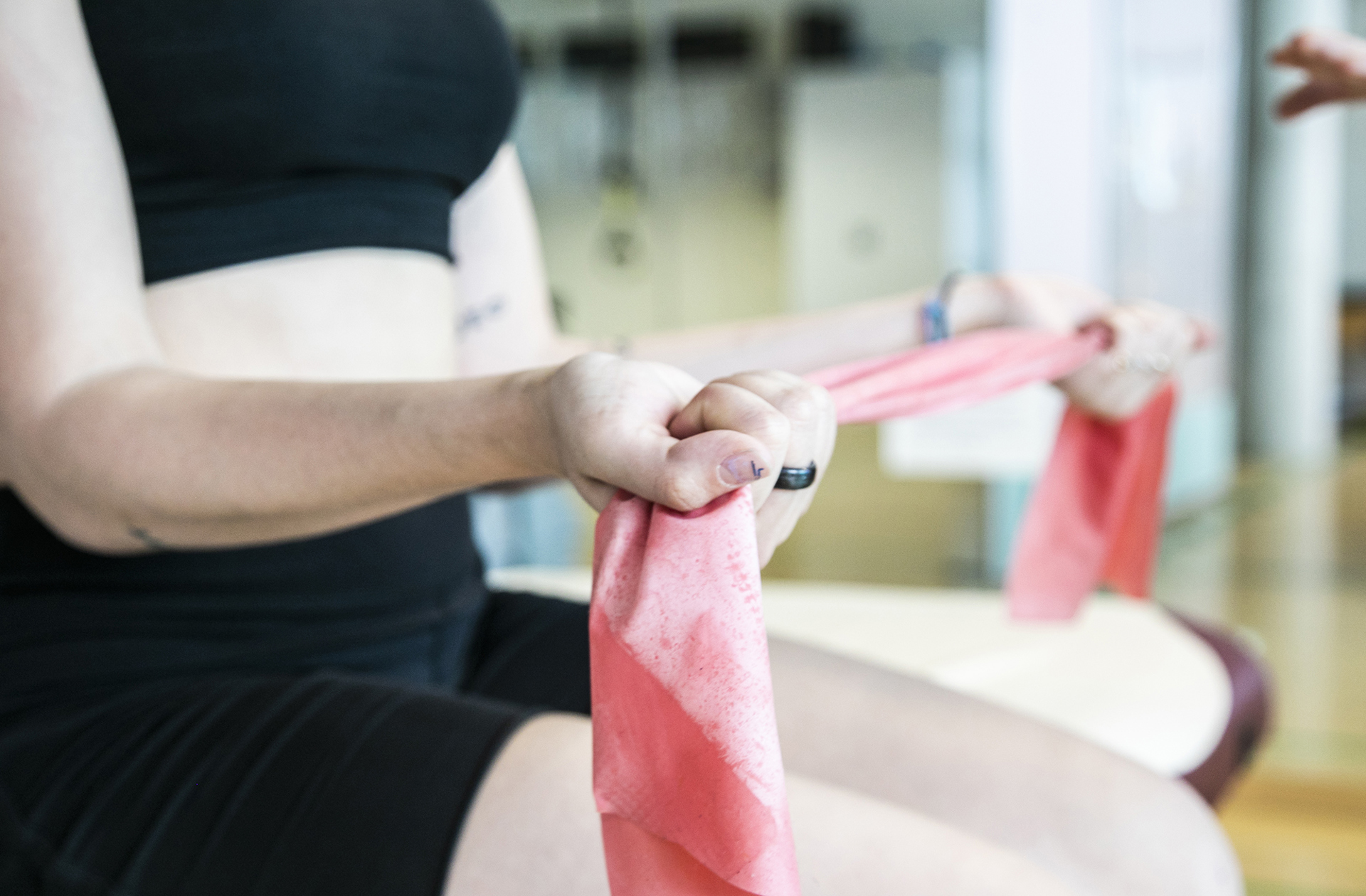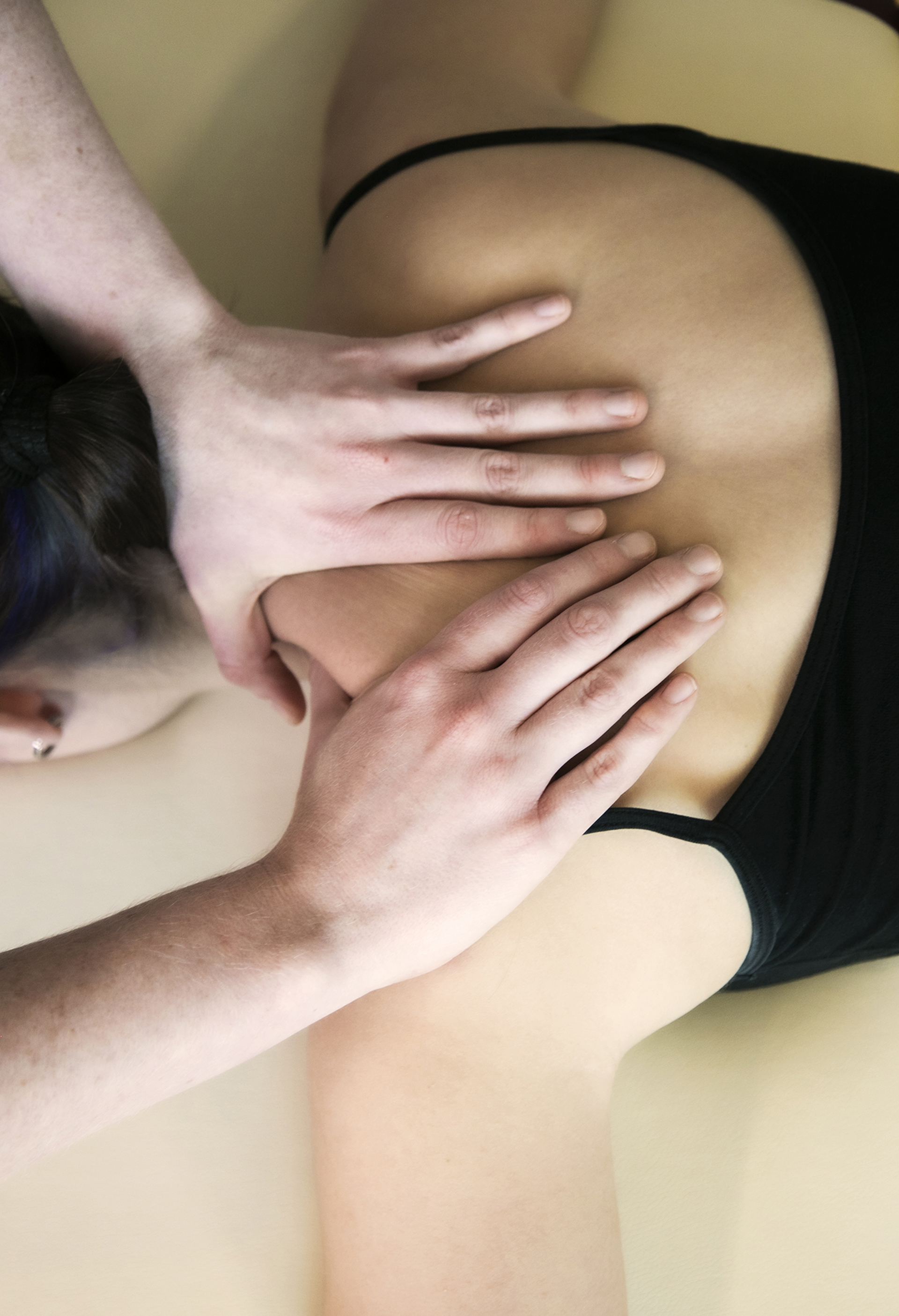Sports Science as a discipline in concerned with the application of scientific theory, principles, and methodologies to sports and exercise. Most commonly the focus is on: Physiology, Biomechanics, and/or Psychology, although some sports scientists also specialise in application of Sociology, Neuroscience, and other fields of study.
Often an interdisciplinary approach is taken combining knowledge in all of the above areas to target all round performance optimisation. Dance Science deals with the same scientific principles but with specific focus on dance training and performance. Dance and/or Sport Scientists typically work within clinical practice, coaching, research and/or academia, with many working as consultants to elite level individuals and organisations. This consultancy work may include screening and testing performers, devising and implementing training interventions, and/ or looking at performance outcome measures.
It is necessary to make a distinction between individuals who have studied and obtained Undergraduate and/or Postgraduate degrees in Sports and/or Dance Science and professionally qualified and experienced Sports and/ or Dance Scientists who work with clients. The British Association of Sport and Exercise Sciences (BASES) has a programme of accreditation for its members, where rigorous checks concerning qualifications, experience and competency are carried out.
No such accreditation system currently exists for Dance Science, however the International Association for Dance Medicine and Science (IADMS) launched a fellowship scheme in 2014, which acknowledges the contribution and work of individuals in the field of dance science. We currently only list BASES accredited Sport and Exercise Scientists and/or IADMS Fellows on our Practitioners Directory.


